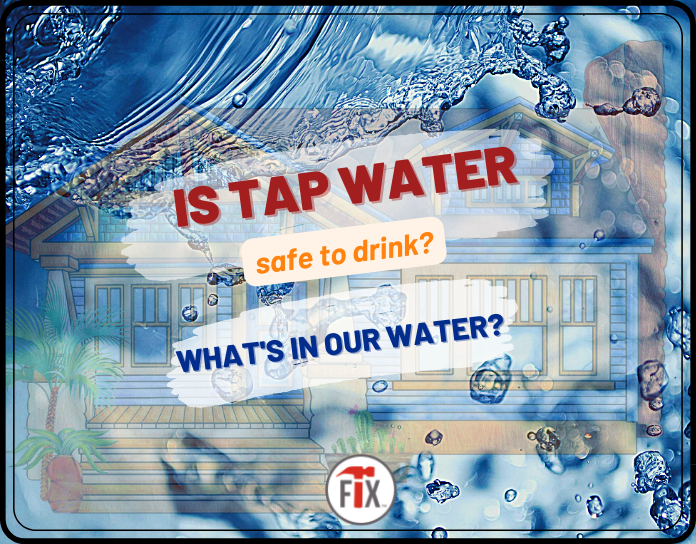
Updated: 04/29/2023
We are supposed to drink up to 8 glasses of water per day, but do we really know what’s in our water? As a general rule, our water (municipal or ground well) is considered pretty safe. After all, it can be tested thoroughly, and municipal water must meet certain minimum federal guidelines to ensure cleanliness before it leaves the water treatment facility.
However, as a result of our Old Home plumbing, the industrial revolution, global pollution, toxic spills, toxic dumping, farming, newly discovered microplastics contamination, PFAS/PFOA/PFOS contamination, and even naturally occurring dangers, is there an ounce of water left on Earth that hasn’t been tainted by our hands, or our plumbing infrastructure?
Furthermore, keep reading to find out what potential contaminates ( search by zip code) may be in your water, and how to mitigate and treat those risks.
Is Tap Water Safe?
First of all, the short answer is yes…BUT, that doesn’t mean our water is 100% free from contaminants. And, those contaminates (according to scientists), over time, can pose increased risks for many illnesses, and even cancers. Furthermore, the New York Times (2017) reported that the 35-year-old federal law regulating tap water is so out of date, that the water Americans drink can pose what scientists say are serious health risks – and still be legal!
For that reason, it’s a tough “drink” to swallow, but we are left having to take “the good” with “the bad”. So, let’s dive in a bit deeper…
The Bad News About Water
The Environmental Working Group (EWG), also featured in the New York Times, has studied and tested over 28 Million records, from 50,000 water utilities, serving 280 Million people, across ALL 50 states in the US.
Consequently, here is a brief summary of what they found:
81% (or 40,000) of the utilities tested positive for contaminates linked to cancer.
77% (or 250 Million) Americans are drinking Hexavalent Chromium – remember Erin Brockovich?
7 Million Americans are drinking water with unsafe levels of Nitrates, a byproduct of chemical fertilizers.
19,000 of the utilities tested for high levels of Lead.
Forever Chemicals: U.S drinking water is widely contaminated
250 chemicals and 160 contaminates…and counting – this is the number detected in America’s water…so far (from the technology we currently have). The Federal Government hasn’t set safe limits on any of these.
And finally,well water can be at risk for all of the above, too!
Check your city (by zip code) here at the EWG Interactive Database.
In contrast, now let’s hear some good news…
The Good News About Water
We have the technology to filter water, which is relatively easy and economical.
Also, most of the contaminates listed above can filtered out.
Finally, not all water (well water or municipal) is contaminated…yet.
Tap Water Contaminants
It seems like we have created quite the mess for ourselves! Between the chemicals used to treat our water, the byproducts that result, pollution, and finally, decades of industrial waste… it’s a wonder we have any clean water left to drink on this Earth!
Water Treatment Chemicals and Byproducts (City Water)
As a result of the water treatment process, there are some nasty chemicals and substances that are used, commonly known as Disinfection Byproducts or DBP.
Trihalomethanes (TTHMs) – Trihalomethanes are cancer-causing contaminants that form during water treatment with chlorine and other disinfectants. The total trihalomethanes group includes four chemicals: chloroform, bromodichloromethane, dibromochloromethane and bromoform (EWG, 2018).
Chlorine/Chloramine – Chloramine, an aggressive disinfecting agent comprised of chlorine + ammonia, used as an alternative to chlorine in some city water treatment facilities. They use chloramines for two big reasons: (1) chloramine is less reactive, so it does not create as many disinfection by-products as chlorine, and (2) chloramine is more persistent, and remains in the treated water through the distribution network all the way to the taps in the homes the treatment facility serves (Aquasana, 2018).
Chlorate – Chlorate ion is a known byproduct of the disinfection process, forming when sodium hypochlorite or chlorine dioxide are used.The U.S. Environmental Protection Agency’s current reference concentration indicates that ongoing exposure to chlorate ion at levels of more than 210 parts per billion per day can lead to an enlarged thyroid.
Fluoride – Fluoride occurs naturally in surface and groundwater and is also added by local utilities to drinking water.
Well Water Treatment and Testing
Make sure to test your well water as needed, or at least annually!
Pre-mix a half gallon of bleach with 3-4 gallons of water in a 5 gal bucket (dedicated well bucket).
Pour it in, let all faucets run until you smell the presence of chlorine.
Try to schedule the treatment when you know you will be away from the house – on a weekend or at least let it sit overnight, so all pipes etc are disinfected.
Then let faucets run until the chlorine odor has weakened and dissipated. This will purge all the “chlorine” from the pipes.
If you are still concerned with water quality or contamination in between well water treatments, consider a Well Water Whole House Filtration System – same as the “city water” system below, BUT includes the UV disinfection and filter media is a different mix.
Other Water Contamination Sources (with examples- EWG 2018)
Naturally Occurring – Chromium, Nitrate, Nitrite, Strontium, Molybdenum, Vanadium, Radium.
Runoff and Sprawl – Nitrate, Nitrite, Perfluorooctane Sulfonate (PFOS).
Industrial – Chlorate, Chromium, Strontium, Molybdenum, Vanadium, Radium, Chlorodifluoromethane (Freon 22), Perfluorooctane Sulfonate (PFOS).
Agriculture – Chlorate, Nitrate, Nitrite.
Chemical Plumes – like dioxane, trichlorethylene, and the newly discovered PFOA and PFAS (common chemical in waterproofing, non-stick coatings, firefighting foam, food wrappers, etc.
Water Table Contamination – from, dumping, landfills, military bases, fracking, etc.
“Superfund” Sites – from military bases, petroleum, and chemical refineries, firefighting training grounds, airports, etc.
Infrastructure – As our cities age, so do the pipes. As a result, rust, corrosion, sediment, and other organic matter can accumulate and make it to your tap![videopress 9ELqJhKF]
Our Own Homes
Yes, our own homes can pose a risk, even if the water left the treatment plant 100% clean!
But how?
In addition to the “infrastructure” bullet above, remember the Flint, Michigan lead crisis? Each home’s pipes and plumbing played a critical role in elevated lead levels, along with improper water treatment procedures.
This should be taken into consideration as we repair, restore, and maintain our homes!
Furthermore, according to USA Today (2017), lead testing required by the government is only an “indicator” of whether homes with lead pipes and plumbing may be at a higher risk for lead contamination. Testing can include samples (small towns) – as few as five or 10 taps per year, or 50 to 100 taps (larger cities). As a result, this seems inadequate, for proactive lead prevention!
So, what are the dangers posed in and around our homes?
Lead service pipes from the street – can leach lead and heavy metals if water is too “acidic” or “corrosive”.
Home plumbing infrastructure – just like the lead service pipe example above, your home’s pipes can “leach” contamination from:
Copper pipe corrosion (“acidic” water).
Lead solder used (pre 1980s) for joining copper piping.
Galvanized pipes prone to rust and corrosion (from the inside).
Brass-based faucets, fixtures, and fittings that aren’t “lead safe” – some are still made today!
PVC (plastic pipes) and the associated chemical glues used during installation.
PEX piping – PEX hasn’t been in use long enough to assess the long-term effects on water quality. In theory, it can’t be much worse that PVC.
Typically, drinking water isn’t contaminated with lead when it leaves the treatment plant. Rather, it becomes contaminated as it travels through old, aging, and lead service lines…and on to individual properties with lead plumbing fixtures inside homes.
Tap Water Alternatives
Bottled Water, a Bad Alternative
First of all, bottled water…is it safe?
Some bottled water is merely “purified” tap water. Therefore, companies charge DOLLARS for something that cost PENNIES to produce.
Its container can be bad for you – by leaching chemicals, and there is no guarantee that bottled water is free from the same contaminates as tap water!
Most noteworthy, bottled water contains plastic particles – The CBC news (2018) found microplastics in 30 of the 50 brands tested!
Its container is bad for the environment – contributes to microplastic pollution.
And finally, how old is this water? The stagnant water inside, sitting in storage and exposed to sunlight prior to point of sale, can therefore harbor harmful bacteria. Yuck!
Above all, a better option to bottled water is a dispenser and/or subscription service like Culligan, Absopure,Sparkletts, Crystal Springs, Costco, etc. NOTE: Ask them to provide a water report!
Water Testing, a Good Alternative
Whether you have ground well or municipal water – test first, then formulate a game plan based on the contaminants present, if any.
Municipalities provide free, annual water reports (per federal guidelines). So track down a copy from your local utility, and use the EWG Database (by zip code).
Contaminates can vary by city, state, region, and are not always present in all systems.
1) First,gather local utility data 2) Test thoroughly – Home Water Test Kit, BASIC (20 tests DIY) . Home Water Test Kit, PREMIUM (50 tests w/ lab fee included). 3) Assess your home for potential risks and contamination sources 4) Formulate a mitigation plan 5) Finally, filter as needed
Get a Water Filter, a Great Alternative!
Point of Use Filtration – Remember, that you need to look for the NSF P473 certification for PFOS/PFAS (usually the Aquasana brand only).
Bottle with filter (glass).
Faucet mounted water filter – PUR
Shower filter – Aquasana. No more breathing chlorine steam showers and dry skin
Refrigerator filter – Example – EveryDrop #2, or cheaper Mountain Flow replacement, etc. Reduction of 24 contaminants – heavy metals, pharmaceuticals, industrial chemicals, pesticides, and more.
NOTE: Does your refrigerator use the Whirlpool “Filter 2”, Every Drop filter (EDR2RXD1 / W10413645A)? Don’t pay $45+. They are now available in a 3-pack, from Mountain Flow, for $14 each!!!
Whole House Water Filter
Aquasana. Whole house filtration system from Aquasana. Above all, this system drastically improves your water quality and extends the life of your appliances (washer, dishwasher, boiler, hot water heater):
Aquasana Whole House Filter with Salt-Free Softener and Professional Installation Kit
Whole House Water Filter Benefits
20″ Sediment Pre-filter (5 micron) – removes sediments, rust, silt, organic particles, and microscopic cysts.
Aquasana Water Filter (Copper-zinc and mineral stone, with activated carbon) – reduces 97% of chlorine, heavy metals like lead and mercury, and inhibits bacteria and algae. Additionally, the activated carbon reduces herbicides, pesticides, and other chemical compounds like industrial solvents. It also eliminate odors.
Simply Soft Home Water Softener – naturally and safely reduces scale buildup on internal pipes, plumbing, and appliances without the use of harsh salt or chemicals. NOTE: It actually reduced our limescale buildup by about 75% and hardness dropped from 12 grains to about 5 grains.
Sub-micron Post-Filter (0.35 micron) – reduces any remaining sediment and organic particles down to 0.35 microns.
UV Filter (optional) – mainly for well water applications, it can also be used for municipal water (boil alerts, etc). It further protects against bacteria and viruses that could be present.
Higher purchase cost, but serves entire house.
Filtered water compliments an RO system (below), and is better for espresso machines, as important minerals are still left behind. NOTE: RO water can leach metals out of your espresso machine, and as a result, ruin it!
Link to our review after 3 years of use (under Filters, water and refrigerator heading).
Our system is currently 3 yrs old
Drinking Water – Reverse Osmosis Filtration
Aquasana OPTIMH2O™ REVERSE OSMOSIS + CLARYUM®
Aquasana Reverse Osmosis removes up to 5X more contaminants (88 total), like heavy industrial chemicals – dioxane, chloramines, BPA, TCE, etc.
Meets NSF P473 for PFAS, PFOA and PFOS.
Removes all minerals, chlorine (97%), fluoride (95%), and lead (99%).
An RO system compliments a “whole house” system, as both serve different functions.
Generates about 2-3 gallons of wastewater for every one gallon of RO filtered water.
Lower purchase cost, but is only a single point of use.
Slightly higher maintenance/filter costs.
NOTE: RO water can leach metals out of your espresso machine, and ruin it!
The re-mineralizer cartridge adds minerals back to the water after filtration.
Reverse Osmosis
Reverse Osmosis
More Water Facts and Resources
Above all, try to reduce lead and contaminant exposure: Play it safe! If water has been sitting in your pipes overnight, or for long periods of time, flush it for ONE MINUTE before using it.
NSF International Certifies First Filters That Reduce PFOA and PFOS
Aquasana, Inc. filters for their RO, Claryum, and Drinking Machine, are the first to be certified by NSF (P473) for PFOA and PFOS. Hit the link to see these products that meet NSF P473!
Conclusion
In the end, we only have so much control over our environment. With the amount of water contamination and pollution present today, it is important to stay informed and proactive. Stay safe!
Remember, “YOU” are your own best advocate, so follow these simple steps:
1) First of all, gather local water utility data .
2) Test thoroughly – Home Water Test Kit, BASIC (20 tests DIY) . Home Water Test Kit, PREMIUM (50 tests w/ lab fee included).
3) Assess your home for potential risks and contamination sources. Consider, at a minimum, replacing all lead/lead soldered, and galvanized pipe. Additionally, talk to your city about lead service pipe locations/identification.
4) Formulate a mitigation plan.
5) Flush tap water for ONE MINUTE in the mornings before first daily use, and filter as needed / if needed. This flushes all the water that has been sitting in your pipes all night, thus flushes anything that may have leached into that water.
6) Try to reduce consumption of plastics and bottled water, which directly contributes to worldwide microplastics pollution.
7) And finally, get a reusable glass/metal bottle and filter! And remember, any products/filters that have an NSF P473 certification, will filter PFAS, PFOA and PFOS!
For more Old House info, certainly come find us over at My Old House”Fix”.
Best of luck, and keep on Fixing!
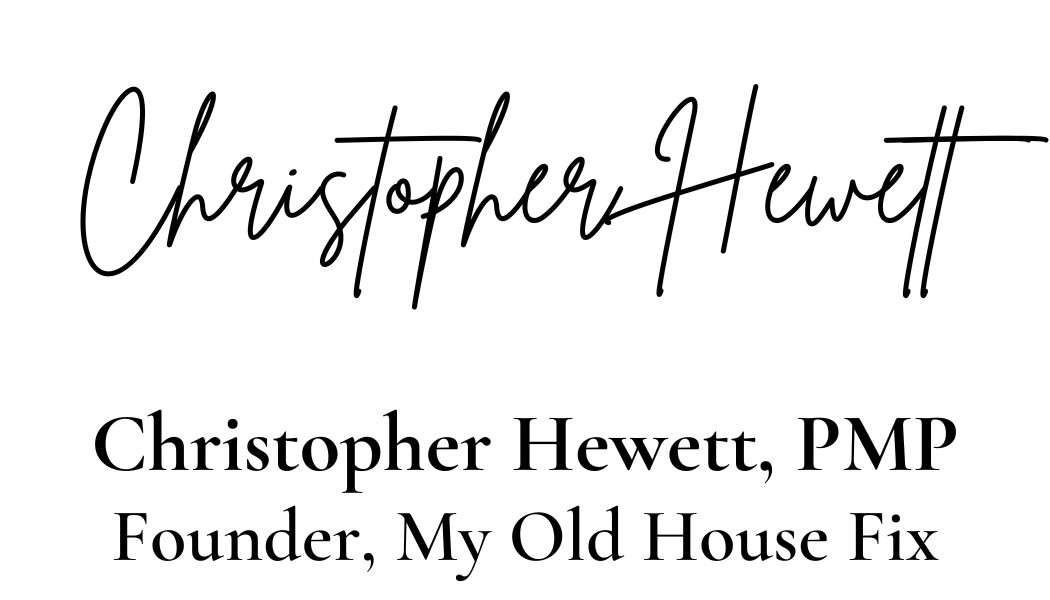
For more info visit: www.myoldhousefix.com

Posts may contain affiliate links. If you use these links to buy something, we may earn a small commission (at no additional cost to you). Full disclaimer HERE.

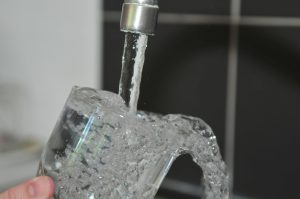
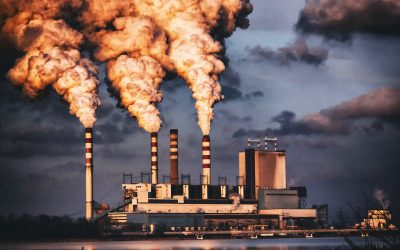
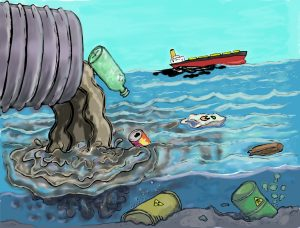
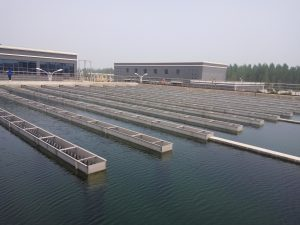
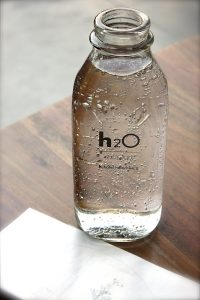
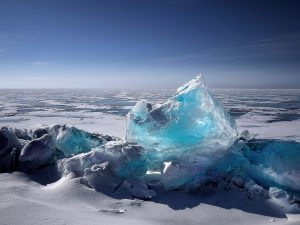
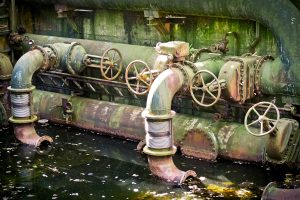
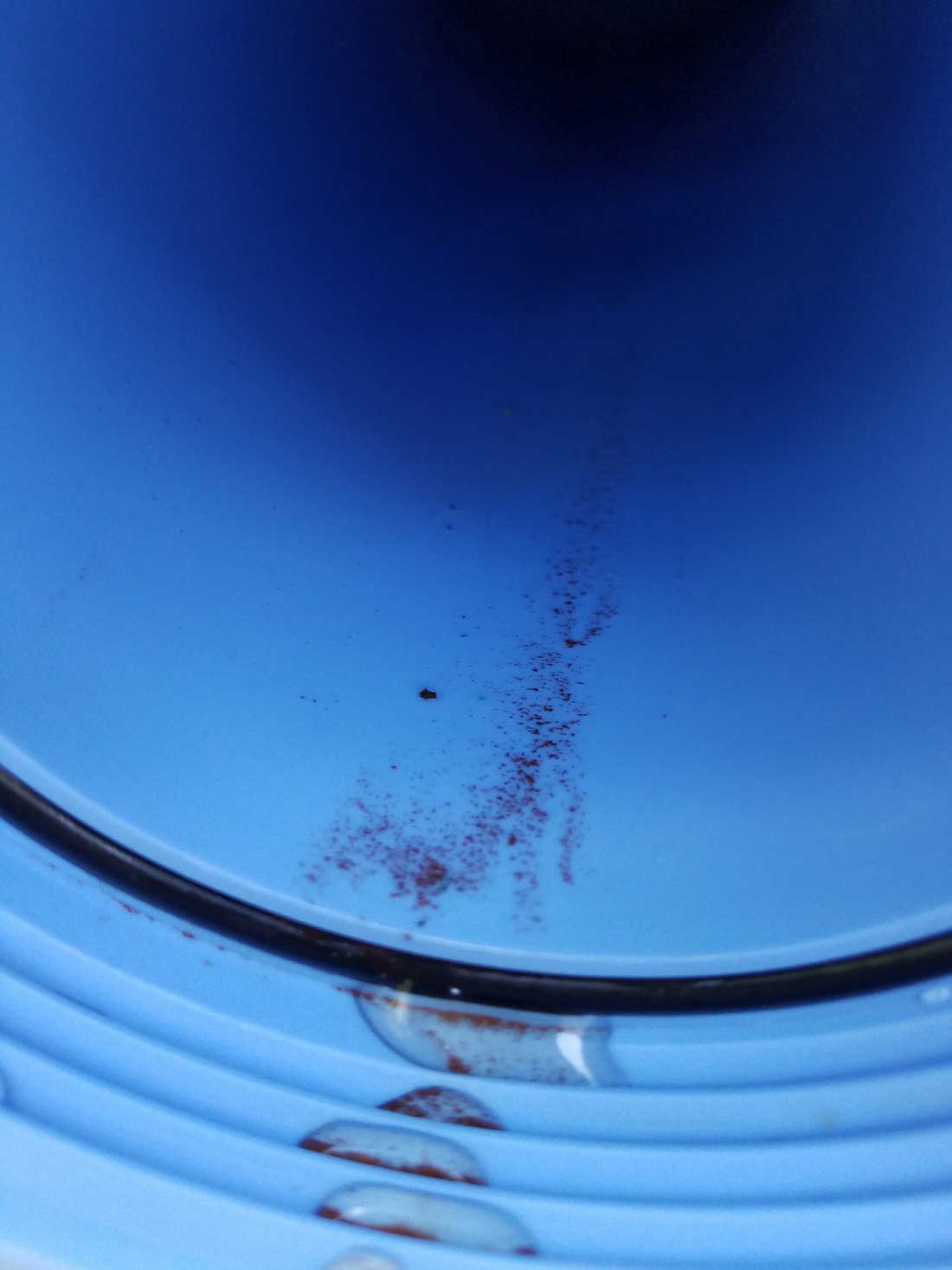
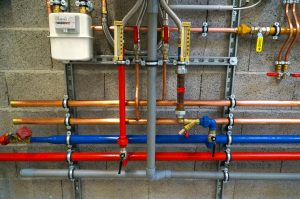
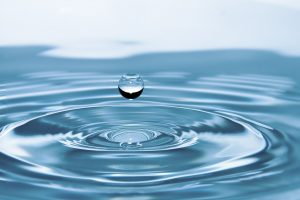
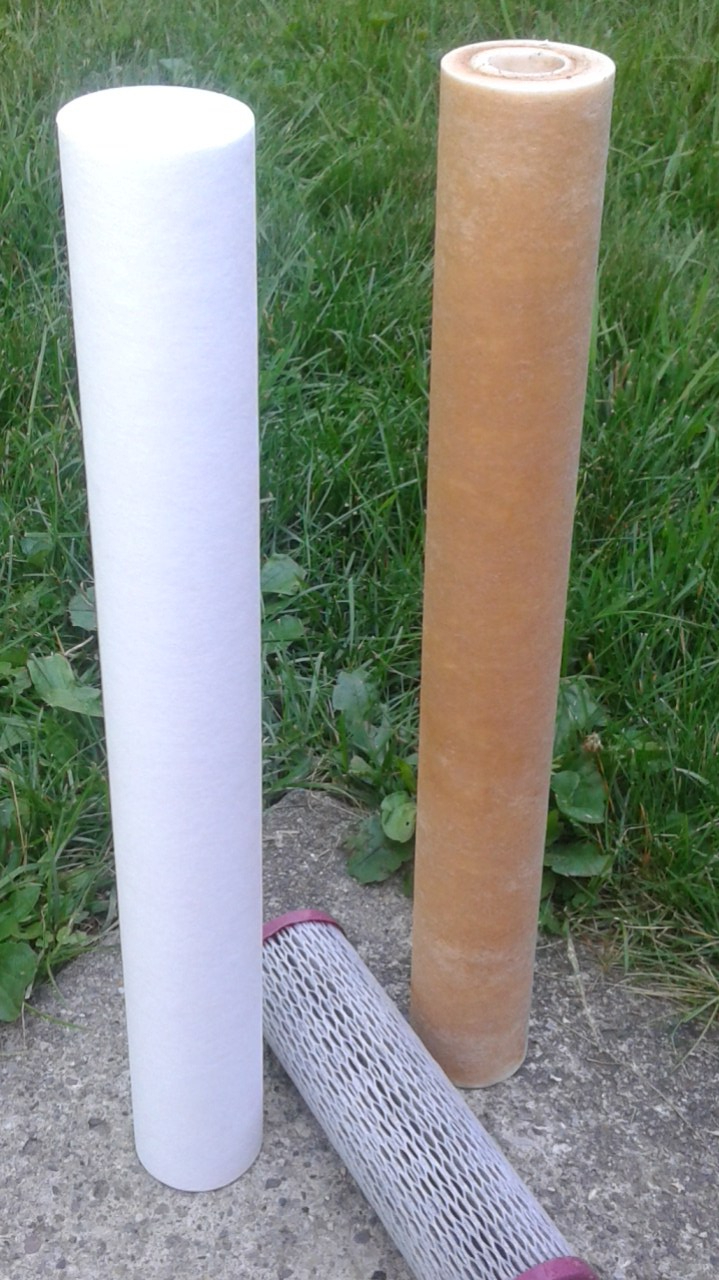
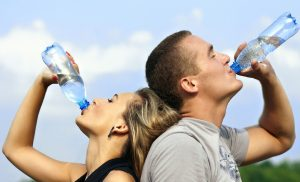
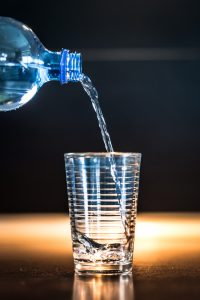
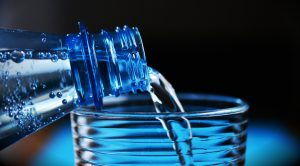
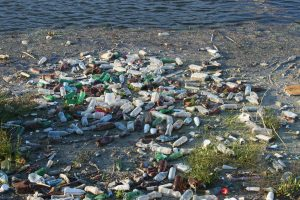
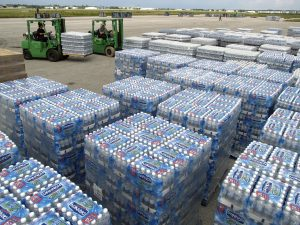
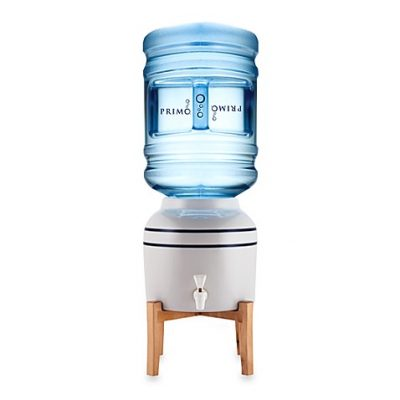
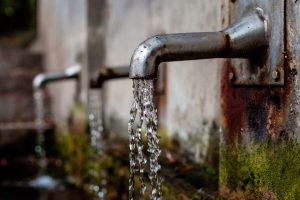
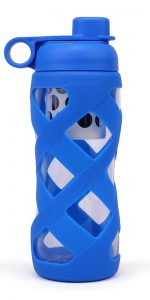
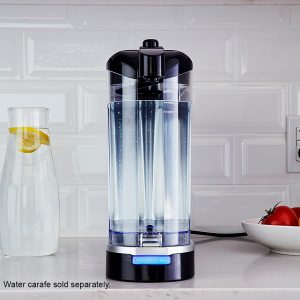
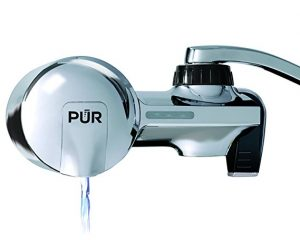
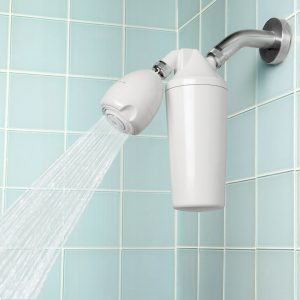
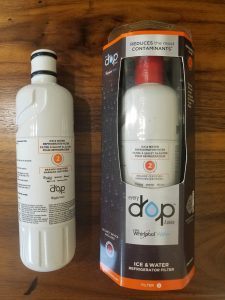
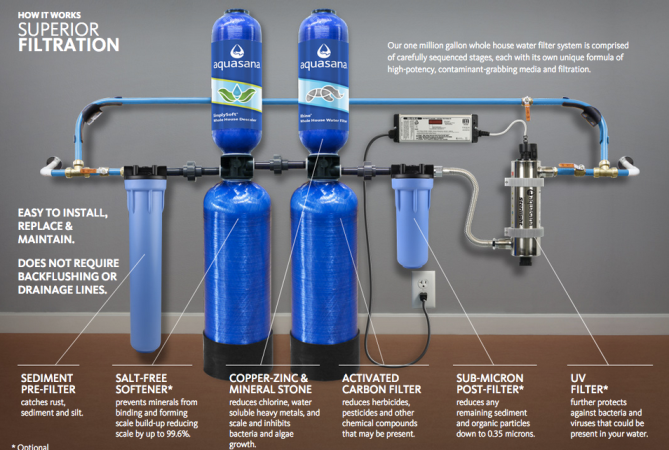
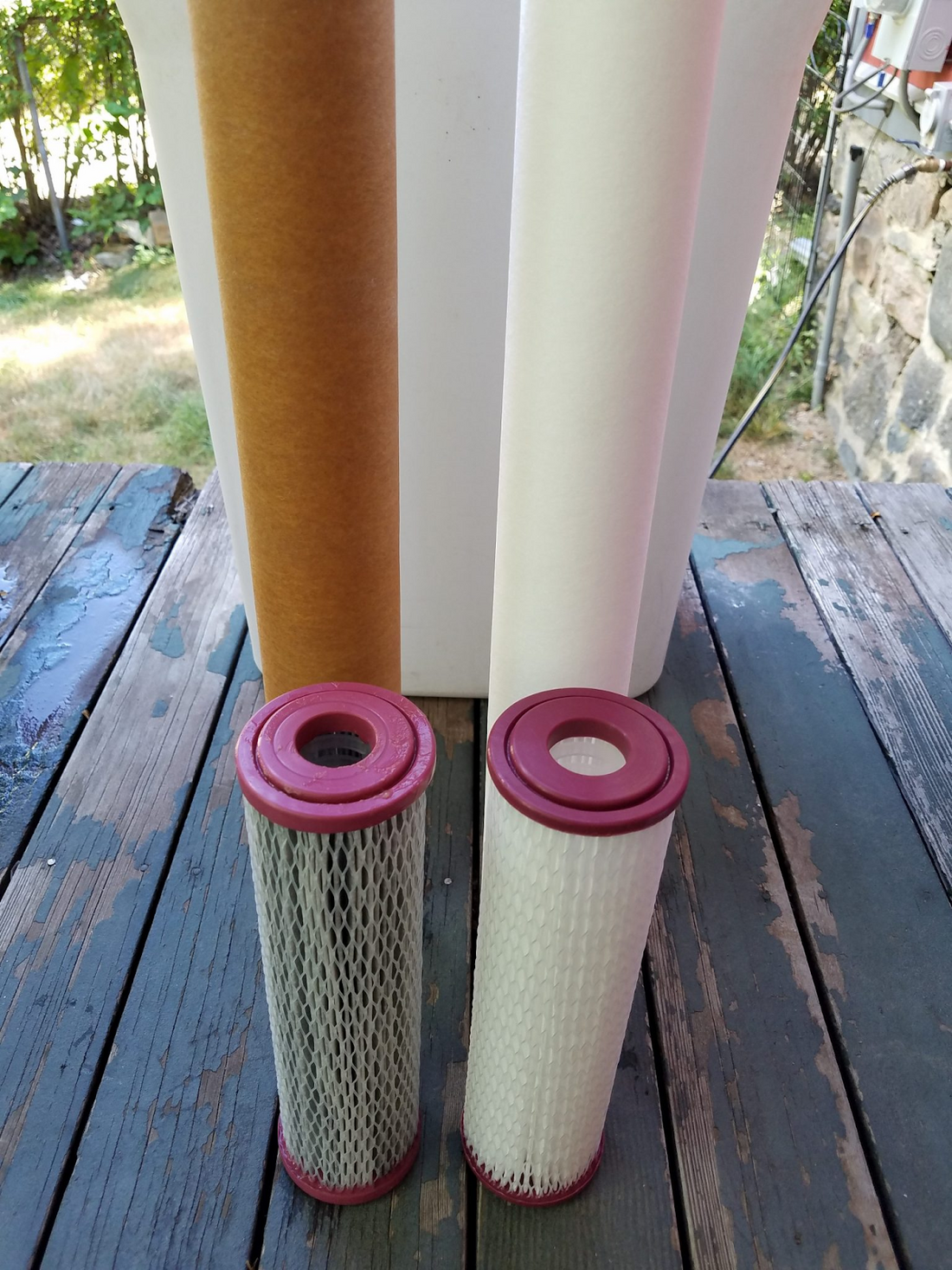
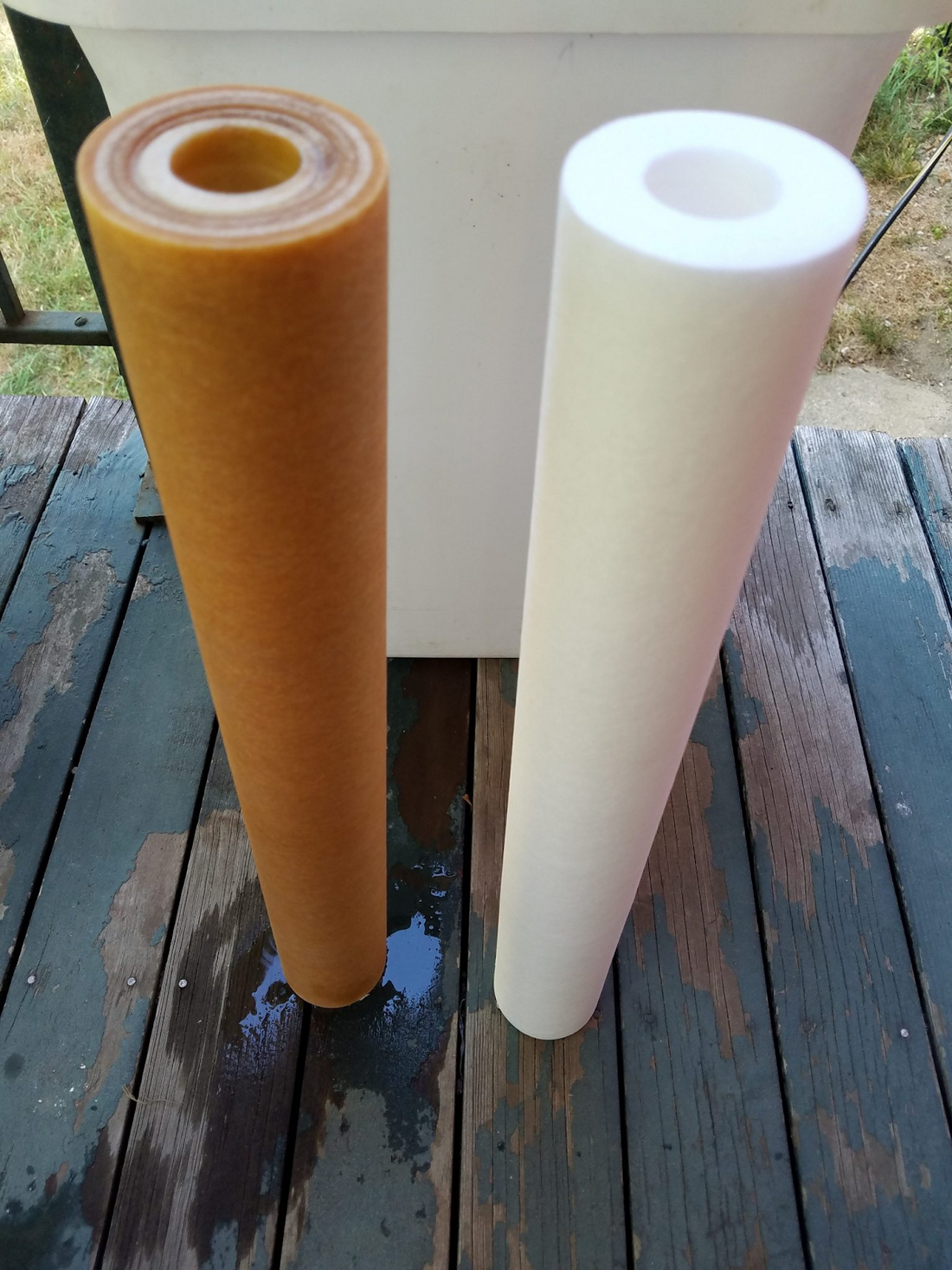
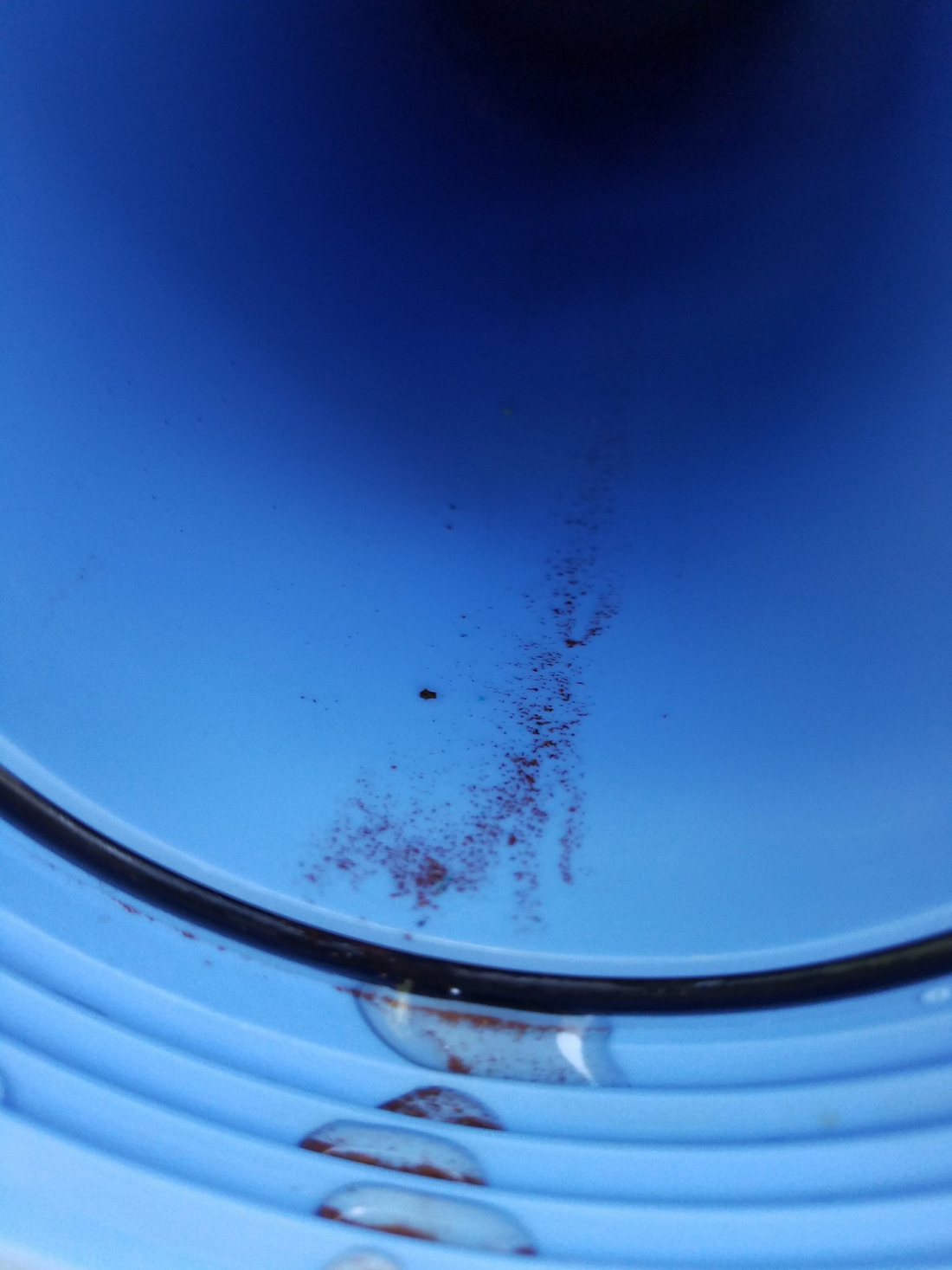
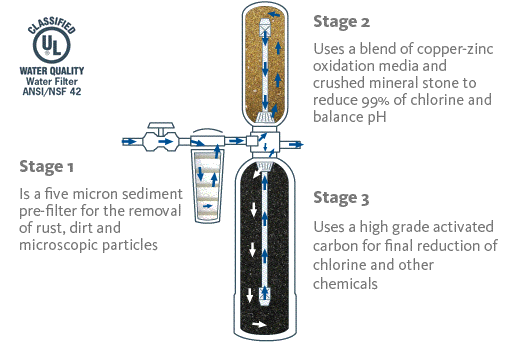
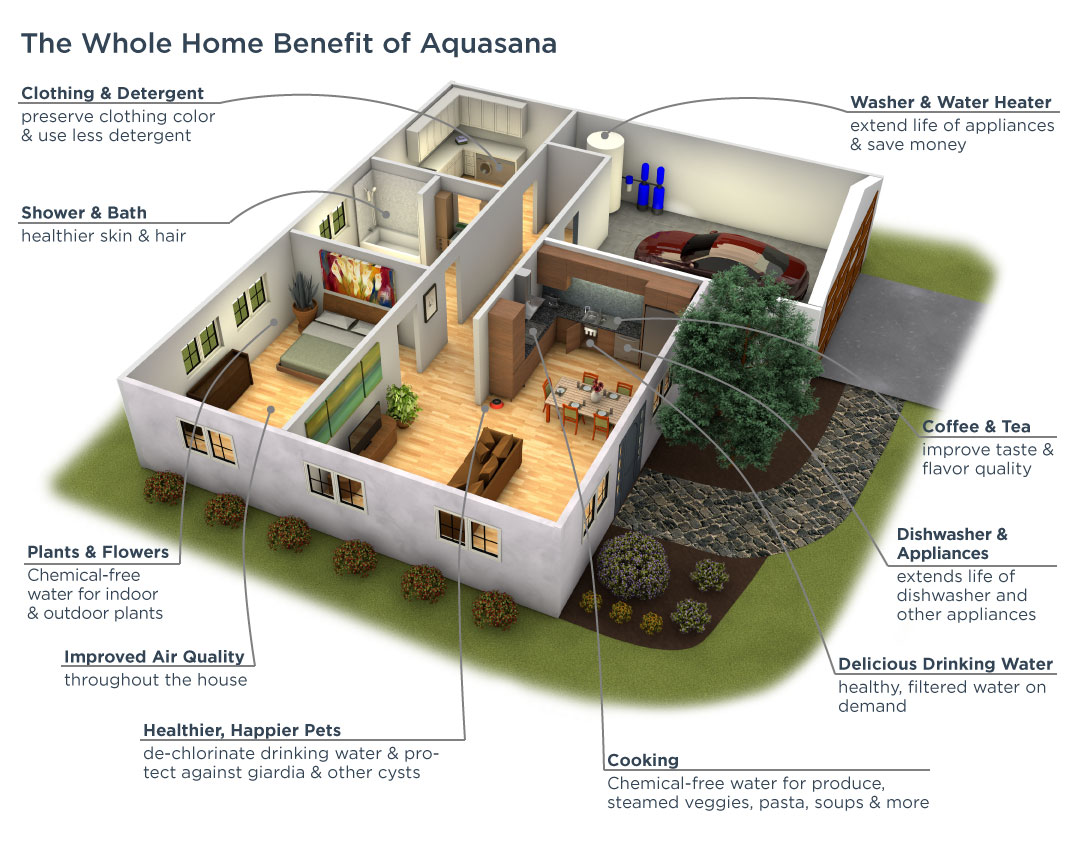
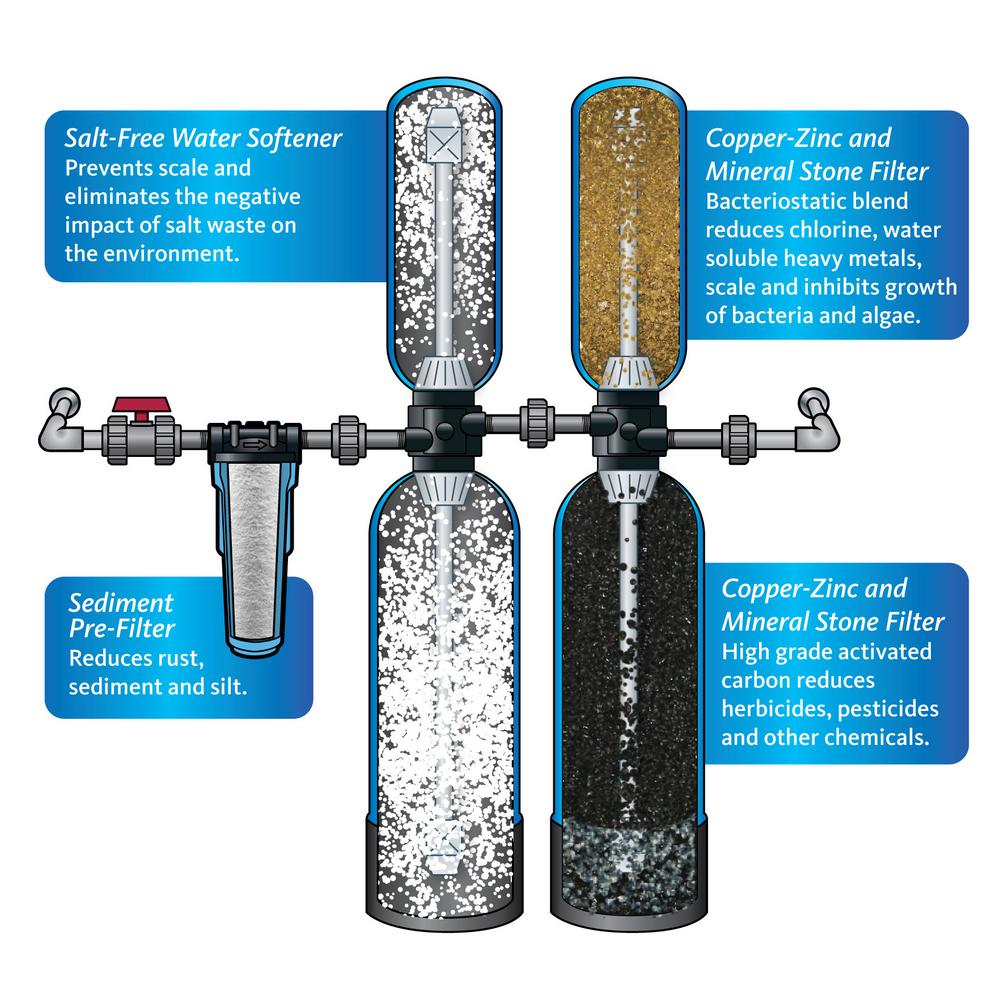
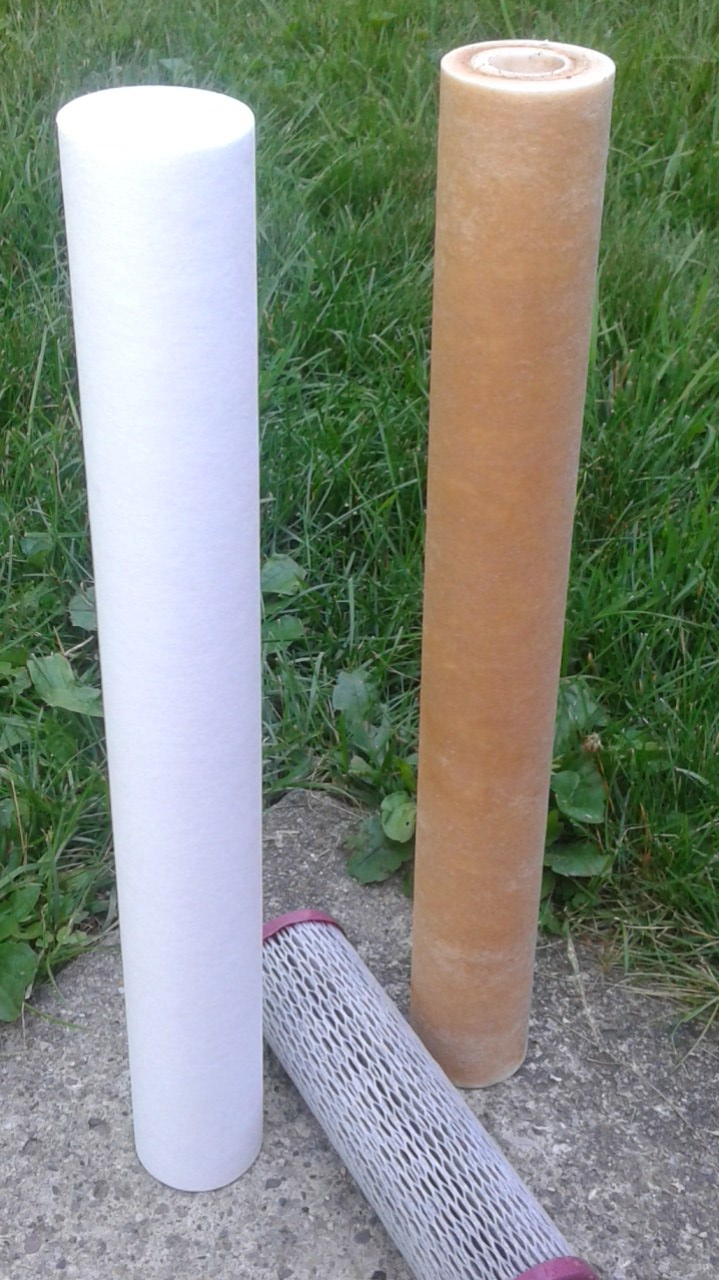
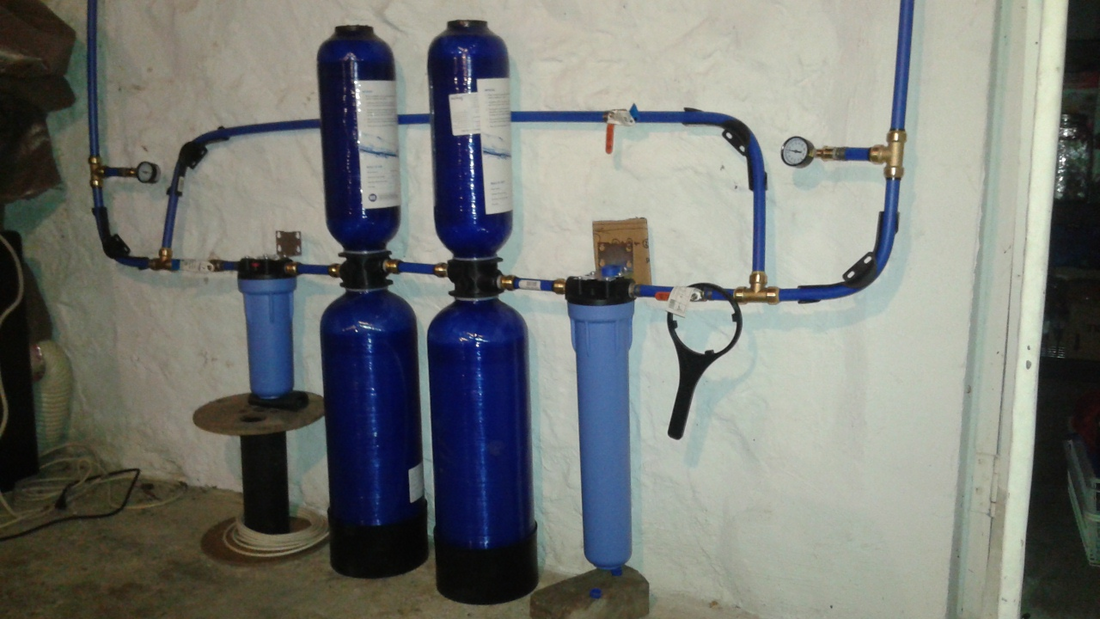
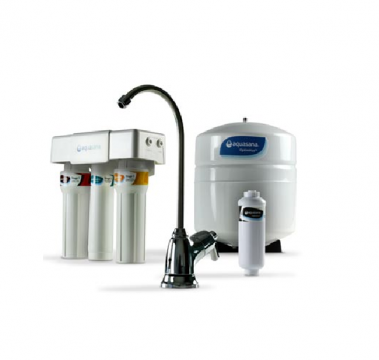
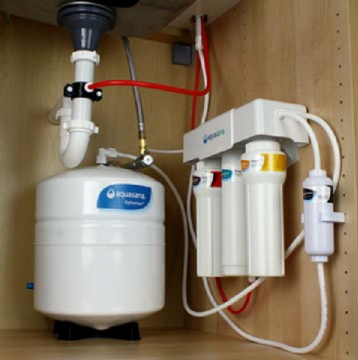

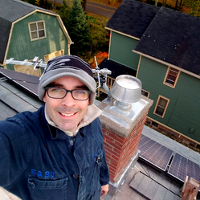
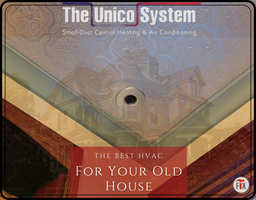
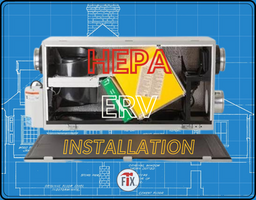



0 Comment(s)